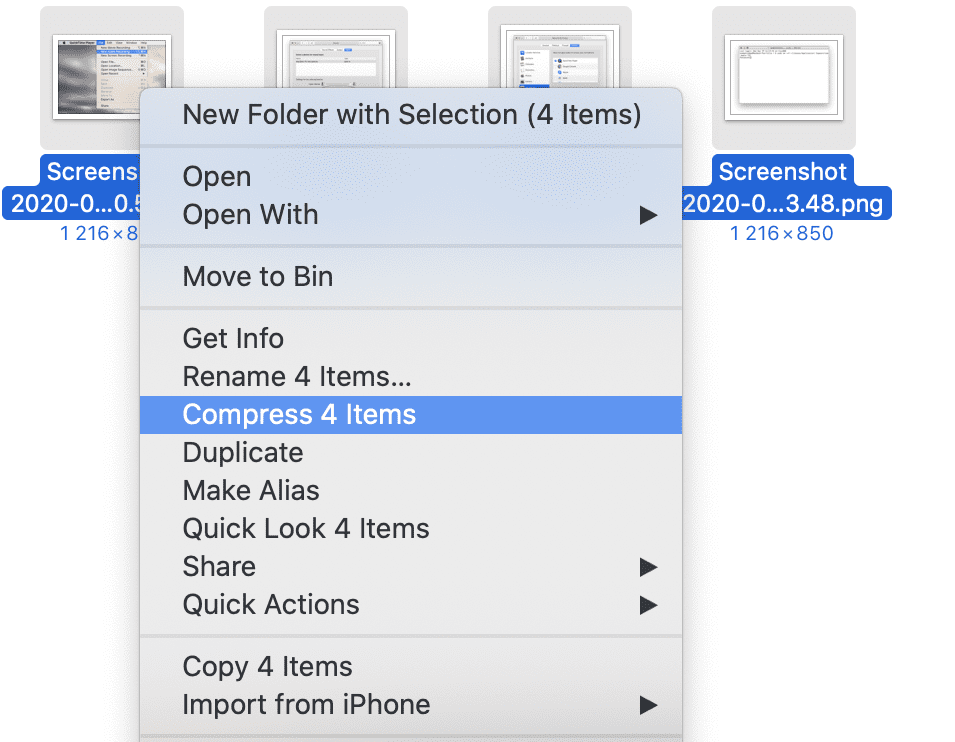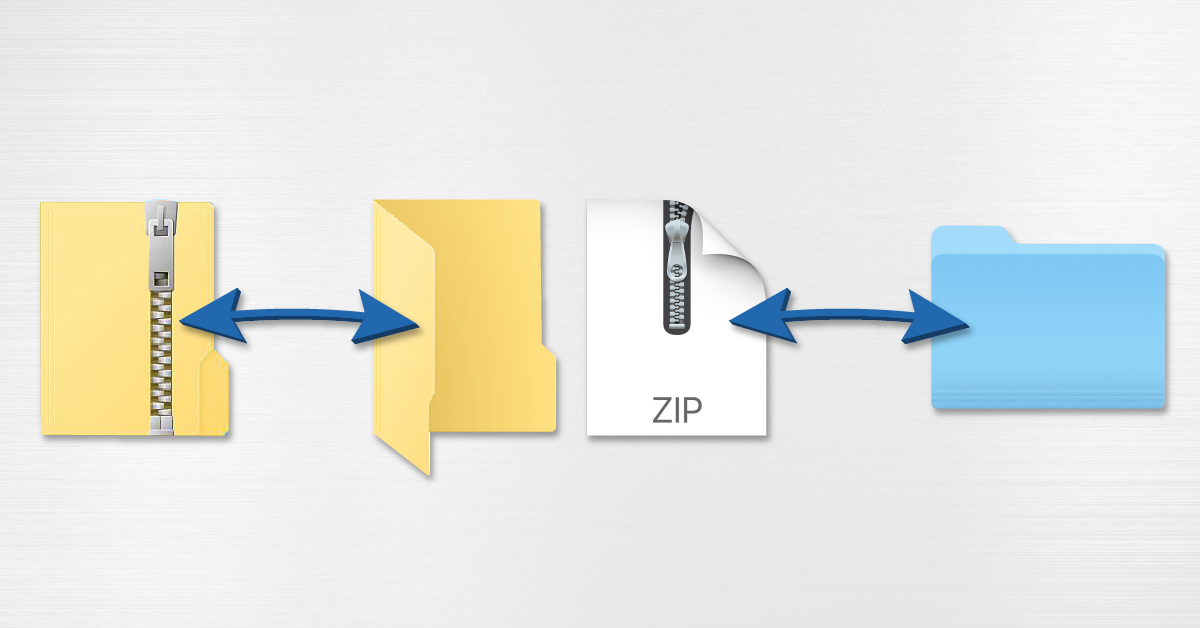

- #HOW TO COMPRESS MUSIC FILES ON MAC TO MAKE SPACE UPGRADE#
- #HOW TO COMPRESS MUSIC FILES ON MAC TO MAKE SPACE WINDOWS 10#
- #HOW TO COMPRESS MUSIC FILES ON MAC TO MAKE SPACE FREE#
- #HOW TO COMPRESS MUSIC FILES ON MAC TO MAKE SPACE WINDOWS#
Utilizing the Storage Sense settings page lets you configure how the feature should remove unnecessary content. However, using this option only activates the default settings.

The option to enable the feature is also available from the "Storage" page.
#HOW TO COMPRESS MUSIC FILES ON MAC TO MAKE SPACE FREE#
Once you complete the steps, Storage Sense will run automatically at the schedule you specified to free up space and improve storage performance.

Use the "Run Storage Sense" drop-down menu and select the best option for your situation:
#HOW TO COMPRESS MUSIC FILES ON MAC TO MAKE SPACE WINDOWS#
To enable Storage Sense on Windows 10, use these steps: Enable Storage SenseĪlthough you can use Storage Sense manually, it's possible to enable the feature to run maintenance automatically to help avoid running out of space quickly.
#HOW TO COMPRESS MUSIC FILES ON MAC TO MAKE SPACE UPGRADE#
Storage Sense is a feature that allows you to delete different types of junk files (including previous installation files after an upgrade and temporary files) to free up space on the primary and secondary drives to make room to store other files and improve drive efficiency.
#HOW TO COMPRESS MUSIC FILES ON MAC TO MAKE SPACE WINDOWS 10#
Free up space removing junk files with Storage Sense on Windows 10 Remove files immediately when deleted option if you want to delete the files from the drive skipping the Recycle Bin to minimize storage usage.Īfter you complete the steps, the Recycle Bin will be able to keep more or fewer files from a particular location, depending on your configuration.Ģ.

Windows 10 reserves 10 percent of the available space for deleted files. Once you complete the steps, the system will free up around 10 percent of the drive capacity (assuming the Recycle Bin is full). Quick tip: If the app does not appear in the result, you can open File Explorer (Windows key + E) and then type Recycle Bin and press Enter in the address bar. Search for Recycle Bin and click the top result to open the app. To empty the Recycle Bin to regain storage space on Windows 10, use these steps: However, depending on how the feature is configured, over time, the Recycle Bin can take up a lot of space, which means that emptying the bin is one of the first actions you should take to regain valuable storage space. Instead, they are placed inside the Recycle Bin if you need them back. On Windows 10, when deleting files, the system does not erase them from the hard drive. However, since the Recycle Bin can grow large over time, emptying its contents is the first thing you can do to free up space. Instead, they are relocated to the Recycle Bin and marked for deletion to give you the chance to recover the files if you need them back. Windows 10 doesn't erase the files from the hard drive when you delete them. Free up space clearing Recycle Bin on Windows 10


 0 kommentar(er)
0 kommentar(er)
